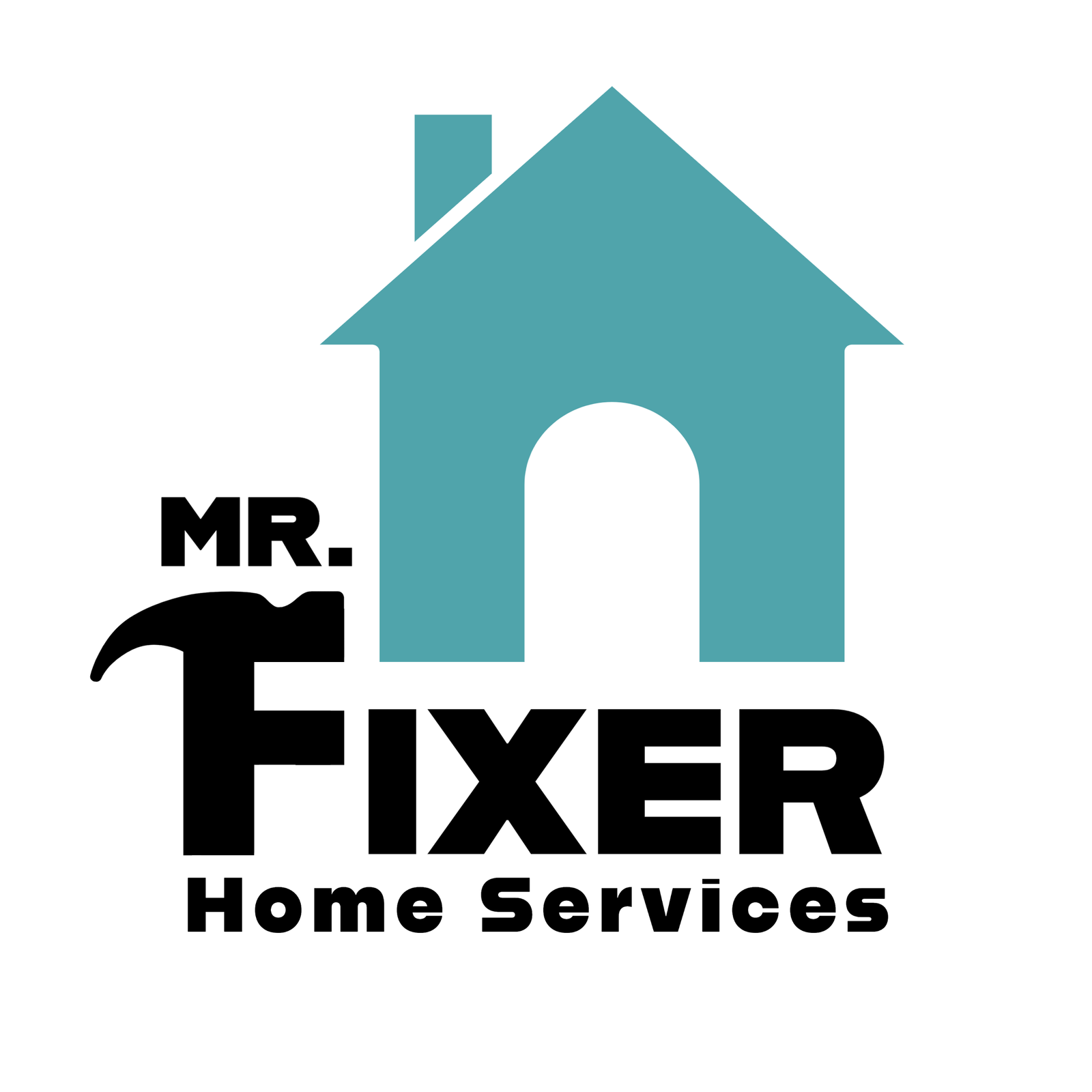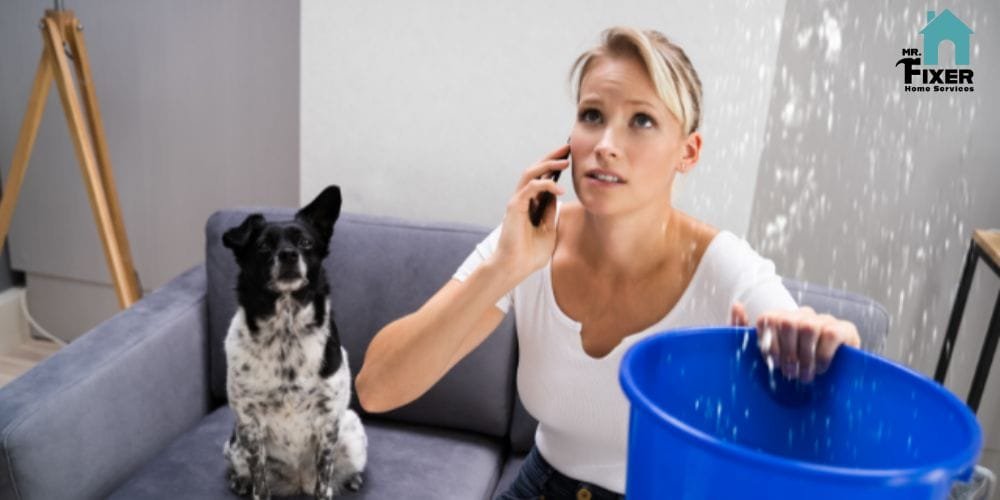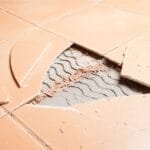Water damage is one of the most frequent and frustrating issues homeowners and businesses face. Whether it’s from a minor leak or a major flood, water intrusion can cause significant damage to walls, floors, and structures—leading to costly repairs and safety concerns. Beyond visible damage, the lingering effects such as mold growth and bacterial contamination can create serious health risks.
At Mr. Fixer Home Services, we understand how disruptive and damaging water problems can be. That’s why knowing what causes water damage is essential for every property owner. Awareness helps you spot early warning signs, take preventive steps, and respond quickly to minimize long-term impact.
In this article, we’ll explore the most common causes of water damage in homes and commercial spaces, explain their effects, and show how you can protect your property from potential disasters.
The Importance of Understanding Water Damage
Water damage extends far beyond surface-level destruction. It can compromise the structural integrity of a building, destroy furniture and belongings, and lead to dangerous mold infestations. Mold spores thrive in damp conditions and can trigger allergies, breathing issues, and other health concerns. Over time, persistent water exposure weakens foundations and wooden structures, increasing the risk of collapse or decay.
If left untreated, water damage can lead to mold growth that requires professional remediation. Learn more about the cost of mold remediation in San Antonio and how to handle it effectively.
Financial losses are another major consequence. Water-damaged properties often lose value, making them harder to rent or sell. For homeowners, this can mean thousands in lost equity; for businesses, it could mean interrupted operations and profit loss.
Understanding how water damage occurs helps property owners stay proactive. Regular maintenance, early detection, and timely professional intervention from Mr. Fixer Home Services can prevent extensive damage, ensuring safety and preserving property value for years to come.
Most Common Causes of Water Damage
1. Plumbing Issues
One of the leading sources of water damage is plumbing-related problems. From leaking faucets and worn-out seals to burst pipes or broken fixtures, these issues often go unnoticed until significant damage has occurred. Water from a leaking pipe can seep into walls, flooring, or electrical systems, causing extensive damage if left unchecked.
Quick Tip: If you suspect a leak, check out our guide on how to fix a leaky faucet for simple steps before calling in a professional.
Prevention Tip: Schedule periodic plumbing inspections and immediately repair any leaks or corrosion. A small drip today could turn into major structural damage tomorrow.
2. Natural Disasters
Nature’s power can’t be underestimated. Events such as heavy rainstorms, flash floods, or cyclones can cause severe water intrusion. Floodwaters can saturate foundations, fill basements, and compromise a building’s structural strength.
Prevention Tip: Ensure your property’s drainage systems are clear and functioning properly. If you live in a flood-prone area, consider installing barriers or pumps to reduce risk during storms.
For detailed restoration guidance after flooding, explore our step-by-step water damage restoration guide and tips for effective water damage restoration.
3. Roof Leaks
Your roof protects your property from the elements, but over time, materials like shingles, flashing, or tiles can deteriorate. Damaged roofing allows water to seep into ceilings, walls, and insulation. If undetected, this can lead to mold growth and costly ceiling repairs.
Prevention Tip: Inspect your roof at least twice a year—especially after heavy storms—to identify cracks, missing shingles, or signs of wear before leaks develop.
4. Appliance Malfunctions
Household appliances that use water—such as dishwashers, washing machines, or water heaters—are potential water damage sources. A burst hose, clogged drain, or faulty valve can cause unexpected flooding and water overflow.
Prevention Tip: Check hoses and connections regularly. Replace old or brittle hoses every few years and avoid overloading machines.
If flooding occurs from appliances, our article on how long water damage restoration takes explains the complete recovery process and timelines.
5. Sewer Backups
Few problems are as unpleasant as a sewer backup. When sewer lines become blocked or damaged, wastewater can flow back into your home, bringing foul odors and harmful contaminants. This poses serious health risks and extensive property damage.
Prevention Tip: Avoid flushing non-degradable items down the toilet and have your sewer lines inspected annually to prevent blockages.
Understanding these frequent causes allows property owners to take proactive preventive measures, protecting their homes and businesses from severe water damage.
Causes of Commercial Water Damage
For commercial property owners, water damage can disrupt daily operations, cause equipment failure, and lead to major financial losses. While many causes mirror residential issues, commercial buildings have unique risks that require special attention:
Sprinkler System Malfunctions
Fire suppression systems are essential but can occasionally malfunction, discharging water unnecessarily. Accidental activation can flood offices, damage equipment, and ruin inventory.
HVAC Problems
Large HVAC systems can accumulate condensation, especially when filters or drains are clogged. Over time, excess moisture may leak into ceilings or walls, fostering mold and structural damage.
Specialized Equipment Leaks
Industrial and commercial properties often contain tanks, pipes, or heavy machinery that can leak or burst, resulting in large-scale flooding.
High Foot Traffic
Public or high-traffic areas—like malls or offices—experience faster wear and tear on plumbing fixtures, increasing the likelihood of leaks or overflow.
Prevention Tip: Conduct regular maintenance and inspections of HVAC, plumbing, and sprinkler systems to prevent costly downtime and property loss.
Top Causes of Water Damage in Homes
Residential properties are particularly vulnerable to certain types of water damage. Common issues include:
Basement Flooding
Basements are naturally prone to flooding due to their position below ground level. Factors such as poor drainage, sump pump failure, or saturated soil after heavy rainfall can lead to water accumulation.
Clogged Gutters
Gutters guide rainwater away from your home’s foundation. When they clog with leaves or debris, water overflows and seeps into exterior walls, leading to foundation damage and damp interiors.
Aging Infrastructure
Older homes often have outdated plumbing systems that corrode or weaken over time, resulting in small leaks that eventually cause extensive hidden damage.
Household Appliances
Appliances like dishwashers and refrigerators can leak due to worn seals or damaged hoses, damaging flooring and nearby cabinets. Learn about common floor problems and how to fix them caused by moisture.
Roof Vulnerabilities
Cracked tiles, worn shingles, and loose flashing can all allow water to penetrate your roof, causing damp ceilings and mold growth. For help choosing materials that prevent leaks, check out the best roofing material for your home.
Professional Water Damage Restoration Assistance
If your home or business has suffered from water damage, don’t wait — quick action is crucial. Mr. Fixer Home Services offers expert water damage restoration, from water extraction and drying to complete repair and mold remediation.
Learn the difference between water mitigation and water restoration to understand which service fits your situation best.
Our trained technicians are equipped to handle everything—from minor leaks to full-scale flooding—restoring your property efficiently and safely.
Contact Mr. Fixer Home Services today for 24/7 emergency water damage restoration. Let our team bring your property back to its best condition—dry, clean, and safe for you and your family.








